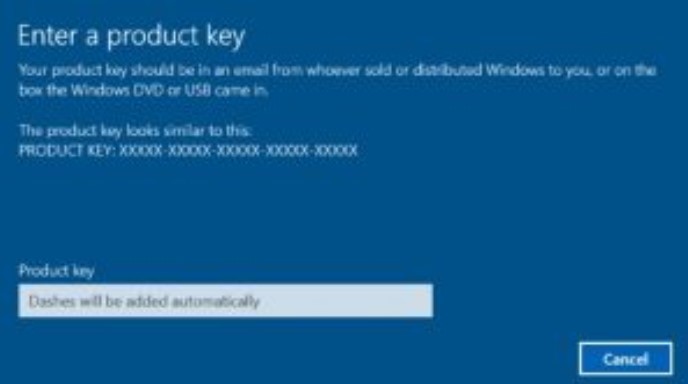

If the Windows system already has a product key, using the below command will silently replace the old product key with the one you provide. You can use slmgr.vbs to enter a new product key. slmgr.vbs /cpky Set or Change the Product Key This option is really designed to prevent the key from being stolen by malware, if malware running on the current system gains access to the registry. It’ll remove it from the registry so programs can’t access it from there, but your Windows system will remain licensed unless you run the above command to actually uninstall the product key. Running this command alone won’t uninstall your product key. This will ensure people who use the computer in the future can’t grab the product key. If you’ve uninstalled the product key, you should run the below command to ensure it’s removed from the registry as well. Windows also stores the product key in the registry, as it’s sometimes necessary for the key to be in the registry when setting up the computer. To remove uninstall the current product key, run the following command and then restart your computer: slmgr.vbs /upk However, most Windows licenses are tied to the computer they came with–unless you purchased a boxed copy. It could also be useful if you’re giving that computer away to someone else.
#Windows 10 activator serial key license#
If you installed Windows from a retail license and would like to use that license on another computer, this allows you to remove the license. After you run the below command and restart your computer, the Windows system won’t have a product key and will be in an unactivated, unlicensed state. You can remove the product key from your current Windows system with Slmgr. If you haven’t provided a product key at all, it’ll give you an error message.

This is only useful for Windows system activated from an organization’s KMS server, as retail licenses and multiple activation keys result in a perpetual license that won’t expire. To display the expiration date of the current license, run the following command. To display more detailed license information–including the activation ID, installation ID, and other details–run the following command: slmgr.vbs /dlv View the License Expiration Date This command tells you the edition of Windows, part of the product key so you can identify it, and whether the system is activated. To display very basic license and activation information about the current system, run the following command. View Activation, License, and Expiration Date Information


 0 kommentar(er)
0 kommentar(er)
